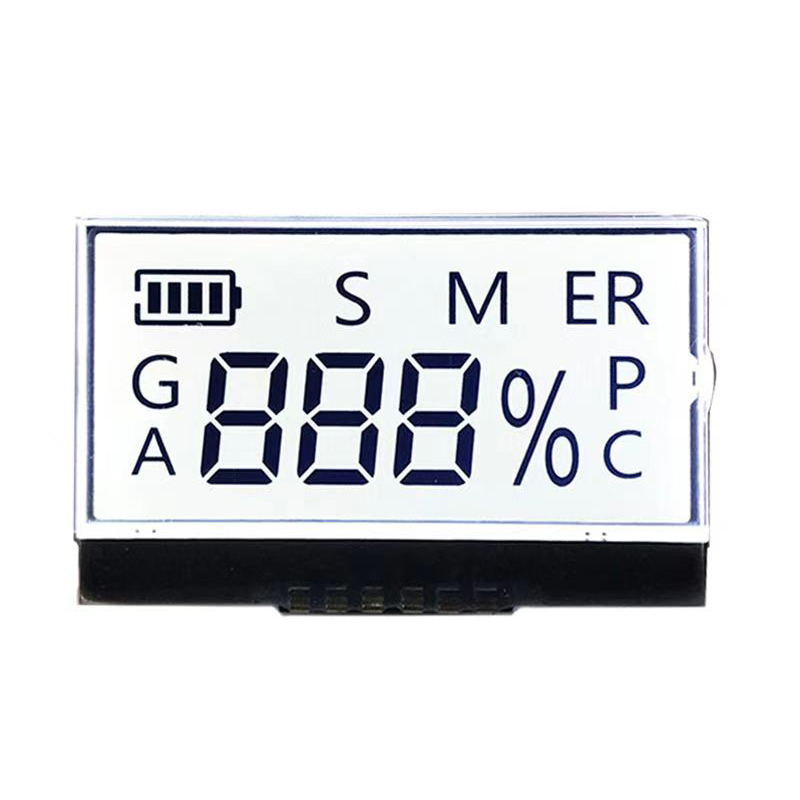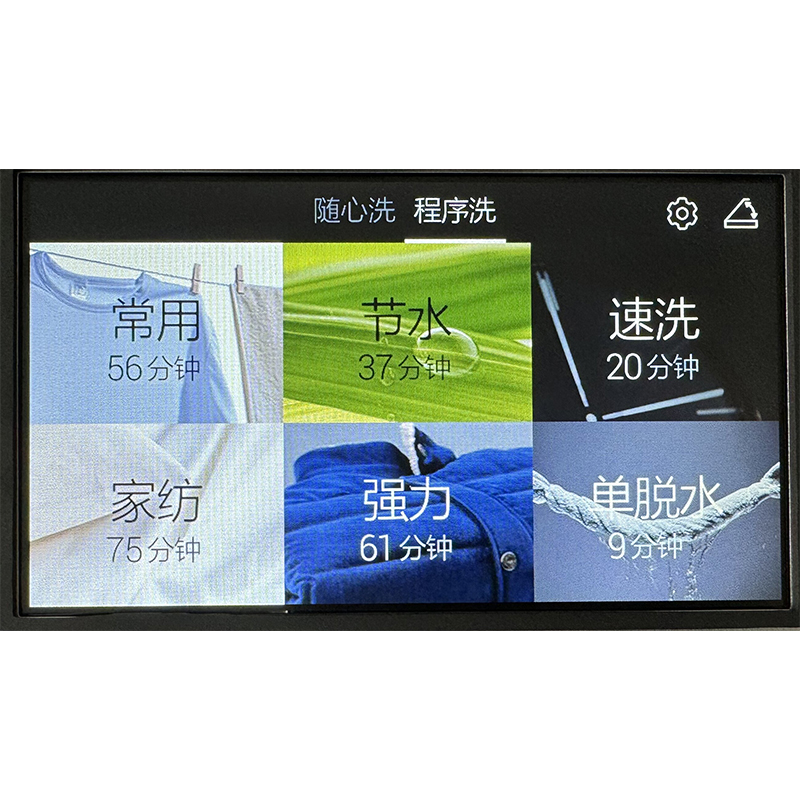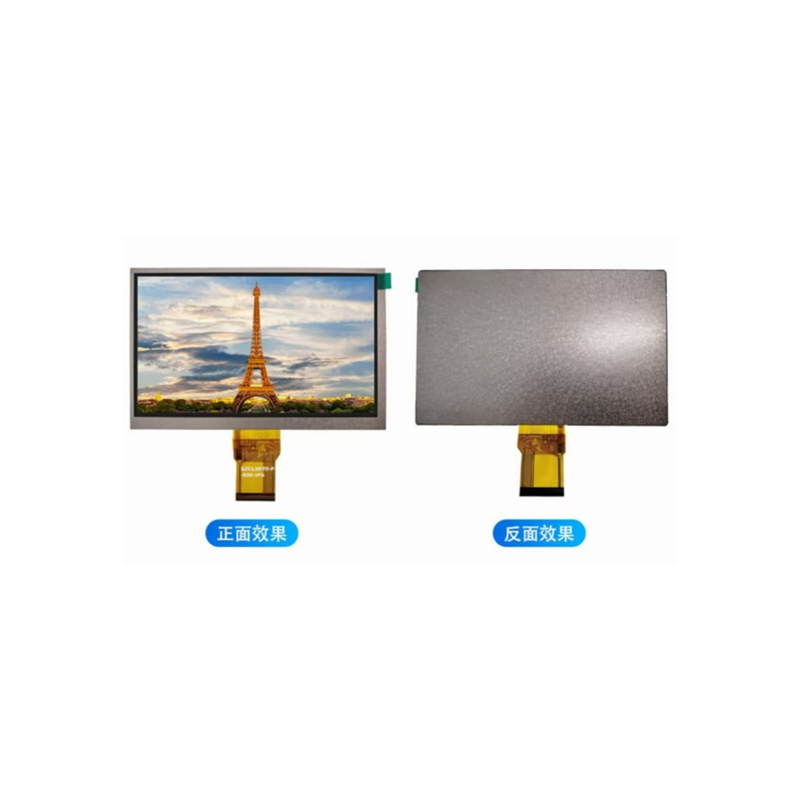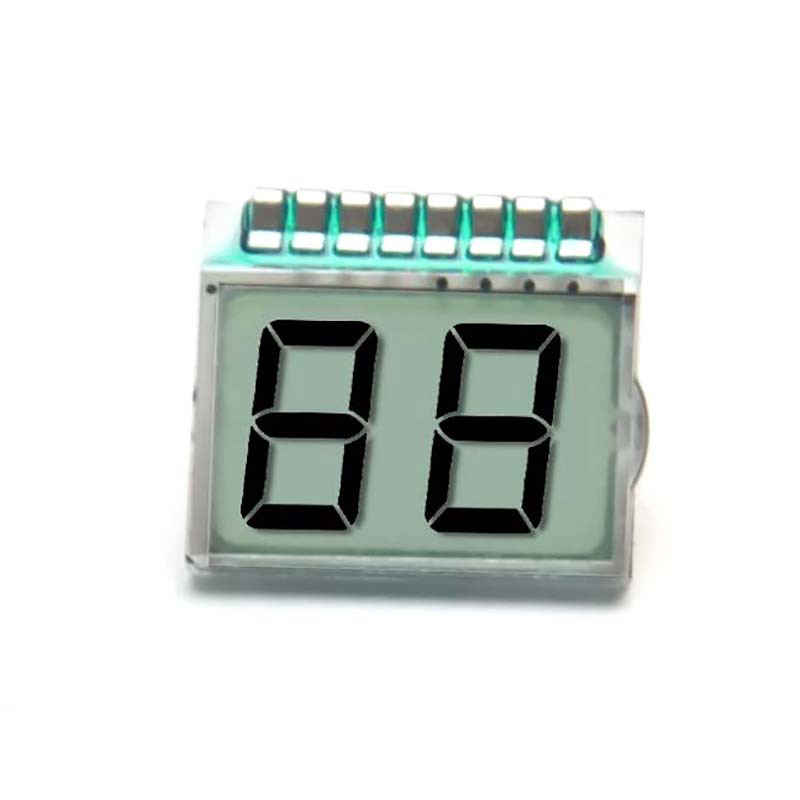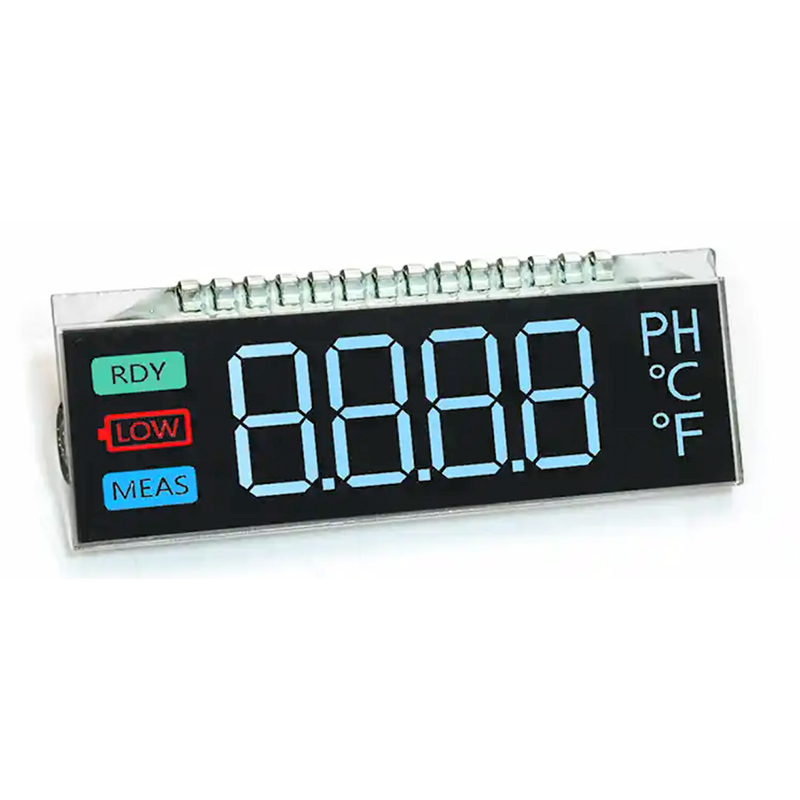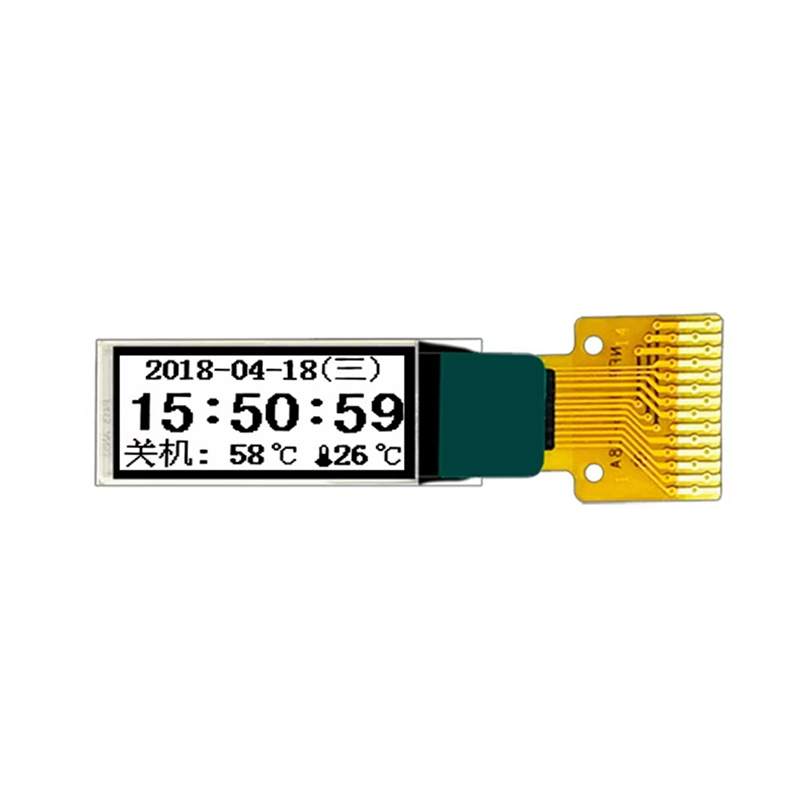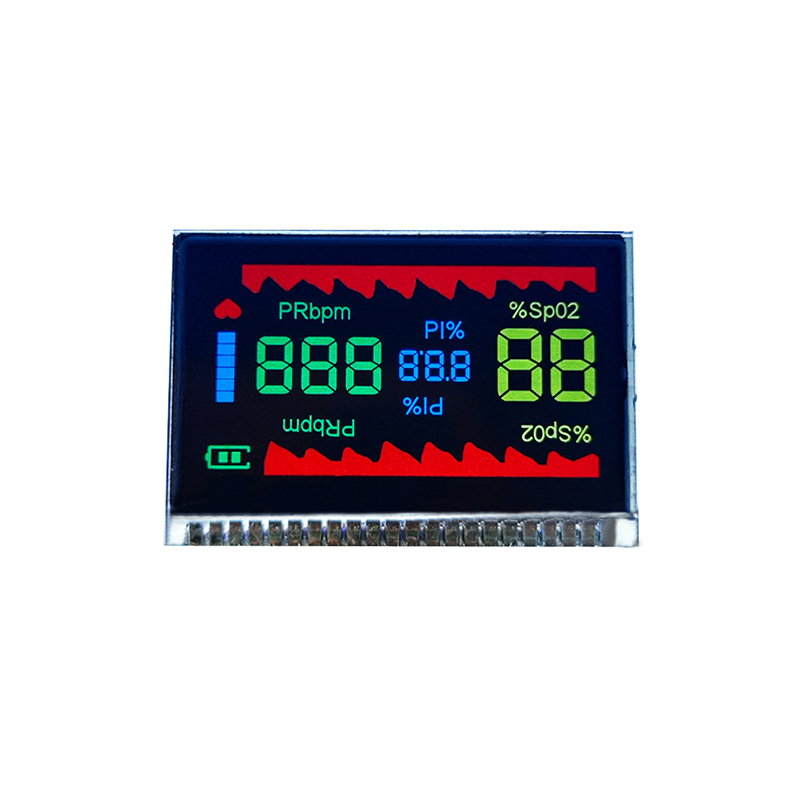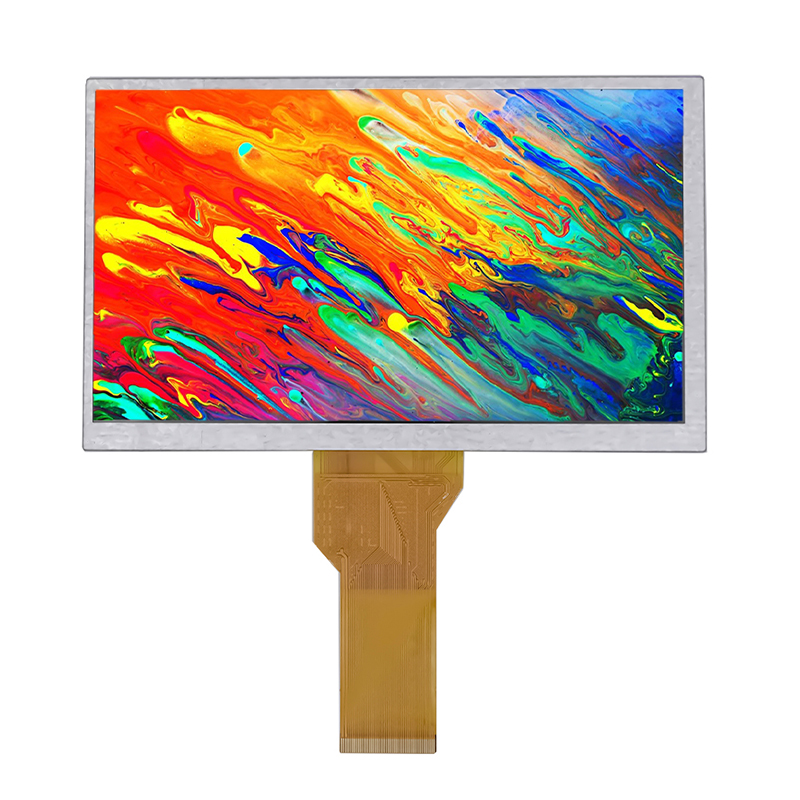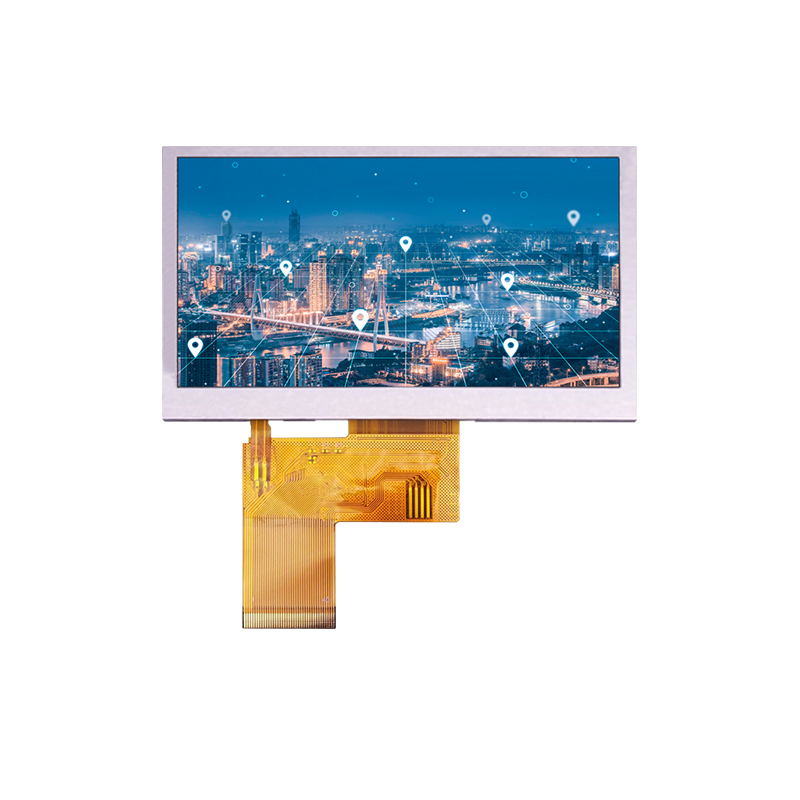
This guide provides a comprehensive overview of using ESP32 dot matrix displays, covering hardware selection, software libraries, programming examples, and troubleshooting tips. Learn how to choose the right display for your project and get started with your own ESP32 dot matrix display applications. We'll explore different display types, common issues, and provide resources to help you succeed.
Several ESP32 dot matrix display options exist, each with its own strengths and weaknesses. Common types include LED displays (varying in size and resolution), OLED displays (known for high contrast and low power consumption), and LCD displays (often larger but requiring backlighting). Consider factors like resolution (number of pixels), brightness, viewing angle, and power consumption when making your selection. Larger displays generally offer more visual real estate, but might require more processing power and increase power draw. The choice depends heavily on your project's specific needs and constraints.
Most ESP32 dot matrix displays communicate with the ESP32 microcontroller using SPI or I2C protocols. SPI offers faster data transfer rates but requires more pins, while I2C is simpler to implement but slower. The chosen interface will influence how you wire the display and the libraries you'll need for programming. Check your chosen display's datasheet for the specified interface and pinout details. Understanding this early on is crucial for a smooth integration process.
Several libraries simplify programming ESP32 dot matrix displays. The most commonly used libraries include (but are not limited to) Adafruit_GFX and its associated display drivers (like Adafruit_SSD1306 for OLED displays). These libraries provide functions for drawing text, shapes, and images, simplifying the development process. Always check the library's documentation for compatibility with your specific display model and ESP32 board. The documentation will often contain example sketches and troubleshooting sections that prove invaluable during development.
A basic example involves displaying text on the ESP32 dot matrix display. This typically involves initializing the display, setting the text color and font, and using a function to print the desired text at a specific location. This requires familiarization with the selected library’s functions for text manipulation and display control. Many tutorials and example sketches are available online to get you started. Remember to adapt the code to reflect your specific display's configuration and chosen library.
Displaying images involves loading the image data into the ESP32's memory and then using library functions to draw the image onto the ESP32 dot matrix display. The process usually includes converting the image to a suitable format (like a bitmap) for efficient handling by the chosen library and the ESP32 dot matrix display. Optimizing image size for your display’s resolution can help improve performance.
Problems with ESP32 dot matrix displays often stem from incorrect wiring, library compatibility issues, or power supply problems. Double-check your wiring against the schematic, ensure you are using the correct display driver for your hardware, and verify that your ESP32 and display receive adequate power. Thoroughly review the display's datasheet and relevant library documentation to assist with troubleshooting. Online forums and communities offer valuable support for addressing specific problems.
Integrating an ESP32 dot matrix display into your project opens up exciting possibilities for creating interactive displays and custom interfaces. By carefully selecting the appropriate hardware, using suitable libraries, and understanding the programming intricacies, you can build innovative projects. Remember to consult datasheets, example codes, and online communities for assistance during the development process. The world of ESP32 dot matrix displays is ripe for exploration and experimentation!
| Display Type | Resolution | Interface |
|---|---|---|
| OLED | 128x64, 128x32 | I2C, SPI |
| LED | Variable, often larger | SPI |
For high-quality LCD and LED display solutions, consider exploring the offerings at Dalian Eastern Display Co., Ltd.

